Three Films by Luis Buñuel: Criterion Blu-ray review
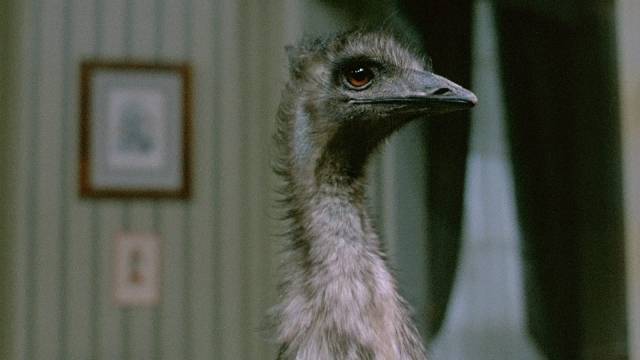
Throughout his life, Luis Buñuel disdained reductionist interpretations of the “meaning” of his work, asserting more often than not that there was no meaning, that he included in his films only what amused him. Yet it seems difficult not to see much of what he did as rooted in a lifelong reaction to his early experiences as a child in Aragon, a region of Spain which he stated had remained Medieval until World War One, and to his education by Jesuits. A deeply embedded social order and the formalized rituals and meanings of the Catholic Church remained major elements of his work throughout five decades of filmmaking, always expressed through his resistance to being contained by those social and religious restrictions.
When he escaped to university in Madrid in 1917, befriending the painter Salvador Dali and the poet Federico Garcia Lorca, that ingrained resistance came to include the Modernism which itself was a reaction against rigid social and religious rules. With his friends, Buñuel embraced Surrealism, itself a revolt against the constraints of rationalism. Already drawn towards cinema, a viewing of Fritz Lang’s Der müde Tod (1921) convinced him that movies were the way to express himself.
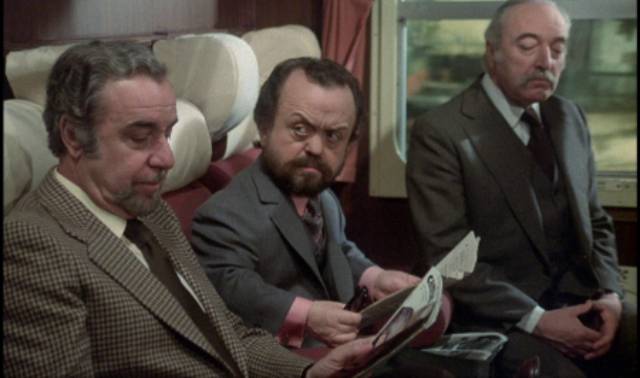
In Paris in the mid-1920s, he became involved in theatre and film, obsessively watching films and studying at a film school run by, among others, Jean Epstein for whom Buñuel served as an assistant on a couple of films including The Fall of the House of Usher (1928). Buñuel had a falling out with Epstein when he refused to assist Abel Gance on the monumental Napoleon (1927); Epstein rejected him angrily and warned him about the danger of being “a surrealist”. Buñuel, along with Dali, wrote film criticism and theory for various periodicals before the pair decided to make their own movie – a short film which rejected every tenet of established moviemaking, a stream of disconnected, disturbing images which mocked social and religious norms.
Although he had intended to offend the avant-garde audience which viewed movies as essentially aesthetic and intellectual objects, Un Chien Andalou (1929) was embraced. Buñuel was even commissioned to make another film by the owners of an independent cinema. He and Dali quickly fell out when the latter balked at a leftist attack on all bourgeois institutions; Dali merely wanted to offend the Church, while he embraced the existing social structure and eventually became a supporter of Franco and the Fascists.
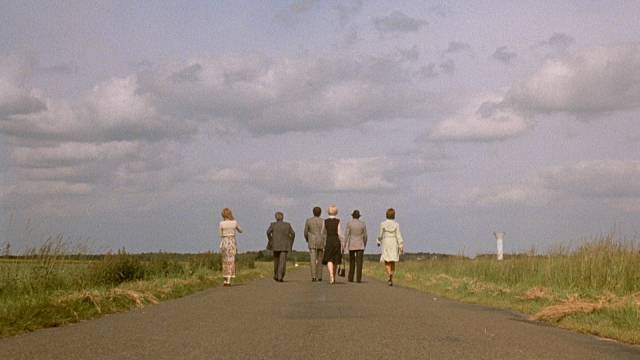
Buñuel went ahead with L’Age d’Or (1930) and, in part due to Dali’s public accusations that it was a direct attack on Catholicism, Buñuel finally achieved the reaction he had been looking for; theatres showing the film were trashed by angry right-wing protesters and it was eventually banned in the name of “public order”. His backers withdrew the film and it remained largely unseen until 1979. Ironically, in the wake of the controversy Buñuel found himself invited to Hollywood by none other than glamour studio Metro-Goldwyn-Mayer. With little asked of him, it was an easy pay-cheque for a while, but he soon returned to Spain, where he made the “surrealist documentary” Las Hurdes (Land Without Bread, 1933), a portrait of a desperately impoverished region.
Buñuel’s peripatetic life continued – co-directing a couple of features in Spain; returning to the States where Dali ramped up his vindictive attacks, bringing down the wrath of the Catholic Church and tarring Buñuel with political suspicion (“he’s a communist!”); finally settling in Mexico after the War, where he was hired for a couple of commercial projects ill-suited to his real talents, although the success of El gran calavera (1949) paved the way for his first great feature, Los olvidados (1950); filmed in Mexico City’s slums, it blended harsh neorealist depictions of the lives of the poor with startling surrealist moments.
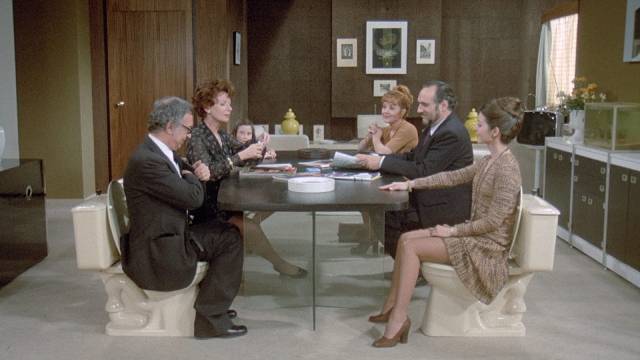
For the next decade, Buñuel laboured in the Mexican industry, working on melodramas which gradually absorbed his more personal interests, resulting in film’s like El (1953), The Criminal Life of Archibaldo de la Cruz (1955), Death in the Garden (1956), Nazarin (1959) and The Young One (1960). The Buñuel we know most clearly, the artist who dissects the most deeply ingrained tendencies of society, becomes fully visible at the end of this period with Viridiana (1961) – exhibiting the amused detachment to social and religious hypocrisy characteristic of all the later films, mocking the darkness of human behaviour that it evokes – and The Exterminating Angel (1962), his final Mexican film, in which he creates a fine balance between social observation and surreal absurdity as a collection of smug bourgeois socialites gather for a meal at a mansion in Mexico City only to find themselves unable to leave the room; Buñuel sits back and watches the rapid decay of all social norms as these people are reduced to their base animal selves (Lord of the Flies in a living room).
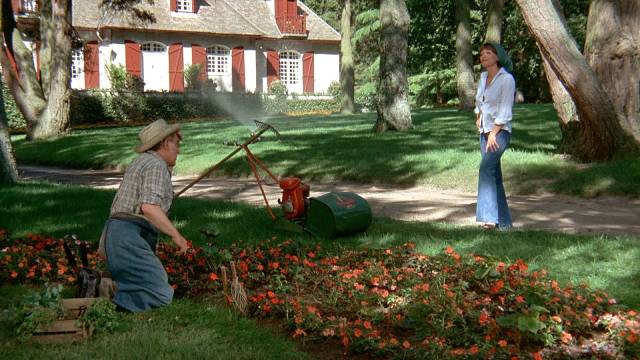
After his long, erratic journey, all too often thwarted in achieving his artistic objectives, in 1964 Buñuel found his ideal home and most sympathetic collaborators in France. Beginning a long and fruitful relationship with writer Jean-Claude Carriere (who co-wrote six of the last eight films) and producer Serge Silberman (who produced five), Buñuel’s style and interests evolved with such assurance that this final stage of his career is marked by a seemingly effortless mastery of increasingly complex material. Times had changed radically since he initially set out to provoke and offend, but what interested him had remained consistent – it was his attitude towards his themes (religion, class, sexuality) which had changed; the worst forms of behaviour were now viewed with an amused tolerance. Whatever his characters do, Buñuel doesn’t seem interested in passing judgment, merely in observing the range of human behaviour.
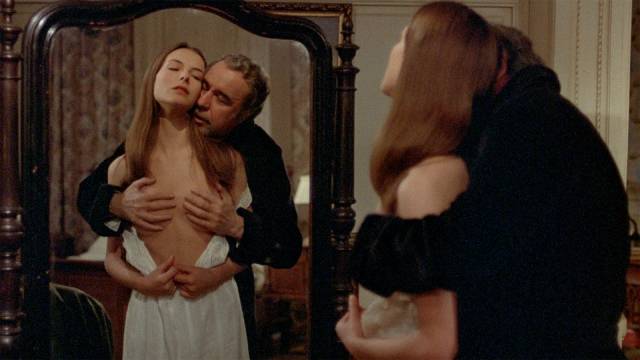
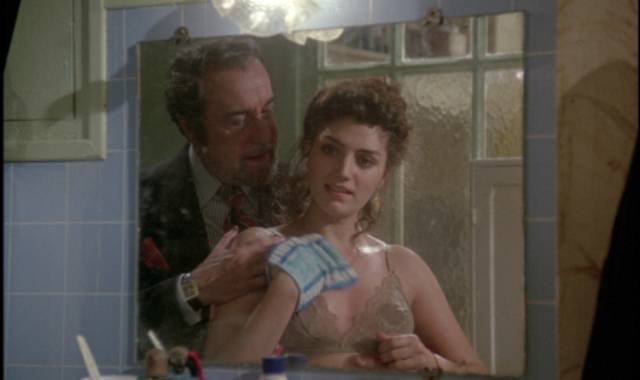
It’s this attitude which gives the late films their paradoxical lightness despite their close attention to corruption, violence and death. These are the films of an artist who embraces the human condition in all its contradictory forms. No longer particularly interested in passing comment on his characters’ behaviour, Buñuel turned towards an exploration of cinema and its narrative possibilities, and in the late films he pointedly rejects the well-established norms of storytelling, testing his audience’s ability to follow him into increasingly disorienting territory.
While some artists who continue to work late in life settle into repetition, Buñuel continued to explore the possibilities of his chosen medium. This process is exemplified in his final three features, now released in an impressive three-disk set by Criterion. Although not a trilogy, these films together reflect, echo, and comment on one another in ways which make each film seem larger and more complex than it appears when considered in isolation.
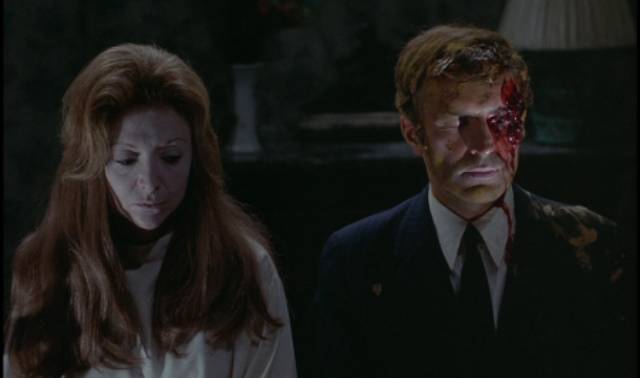
By the time he made these films, Buñuel had refined his technique to perfectly embody his chosen material. In a sense he developed an “anti-style”, that is a sophisticated visual strategy which doesn’t call undue attention to itself; he doesn’t use traditional shot-reverse-shot constructions, but rather a subtly mobile camera which frequently executes complex movements which conceal themselves because they are closely tied to the movements and interactions of the actors, reflecting the operation of our own attention as we follow a scene. Critics frequently refer to the flow of Buñuel’s films, the sense we feel of an unending forward movement which carries us along with the characters. It’s said that his features were edited in just two or three days because all that was required was to cut off the slates and join the shots together … even if this is a slight exaggeration, it’s clear that Buñuel’s mastery of pace and structure enabled him to construct his films in the camera.
*
The Discreet Charm of the Bourgeoisie (1972)
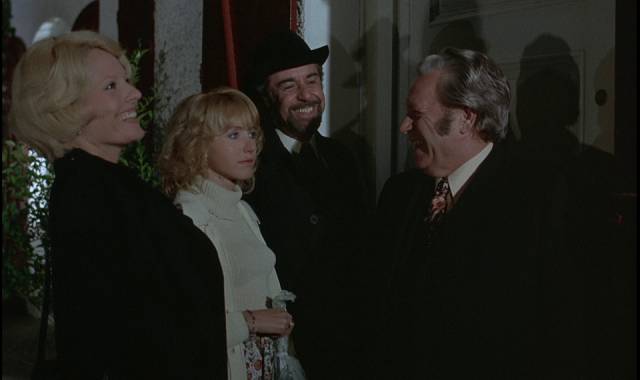
A purely arbitrary point: The Discreet Charm of the Bourgeoisie (1972) was the first Buñuel film I saw, at the Park Theatre in Winnipeg in the summer of 1973. Back then, it seemed a delightfully absurd comedy for which I had no context. Many years later, and with much more experience of Buñuel’s work, it now has context but remains a delightfully absurd comedy. But now I can see the darker threads running through the charm and its mockery of its bourgeois characters has taken on a more dangerously subversive edge.
The main conceit is that a group of bourgeois friends keep gathering for a meal only to have circumstances interrupt and divert them. The film is an encyclopedia of frustration in which the trappings of privilege are constantly exposed by their inability to ensure the fulfillment of desire or appetite. Sometimes the interruptions are self-created (a couple neglect their guests because of an urgent need to have sex, which they do among the bushes of their own garden); more often than not, they are imposed by outside circumstance – a restaurant in which the owner lies dead in an alcove off the dining room, a cafe which has run out of tea and coffee, the abrupt arrival of an army unit on manoeuvres…
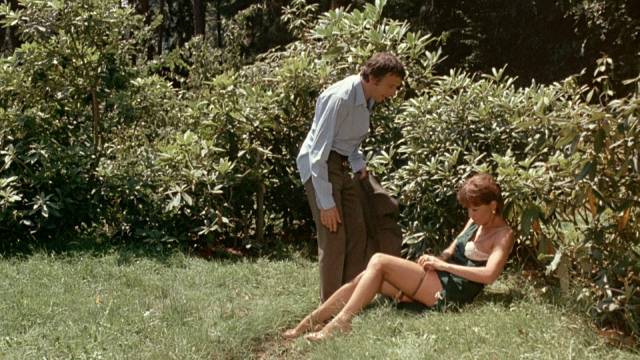
The pretensions of these people, their sense of their own superiority, proves a shallow illusion, insufficient to get them what they want. This in itself would seem a shallow base on which to construct a full-length feature, but Buñuel and co-writer Carriere weave through these incidents a seemingly endless variety of dreams and fantasies which increasingly chip away at the characters’ fragile reality. At unexpected moments, scenes are interrupted by someone relating a dream; and increasingly the elaborate interruptions in the quest for that meal prove to be the dream of one or another of the characters… And all these dreams revolve around death, a shadow which hangs over everything and against which social rules and arrogance are no defence.
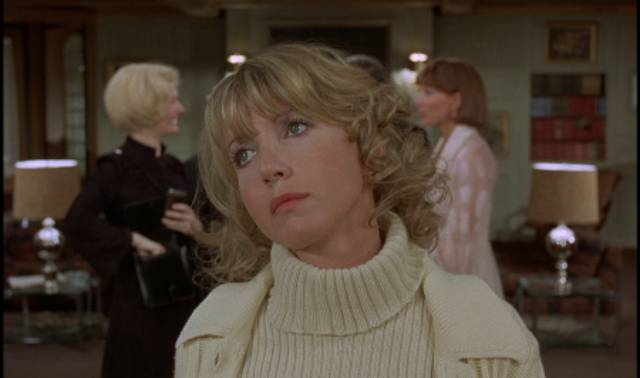
Beneath the superficial charm of these bourgeois friends lie endless forms of corruption. The men are involved in international drug smuggling; they have affairs with one another’s wives; they are alcoholics… And they gradually unravel despite the veneer of “civilized behaviour”, leading to acts of violence and, worse, the violation of good manners. Violence and death permeate the world – at different times, the group’s gatherings are interrupted by the army and by revolutionaries, but what is most intolerable is the party at which various people confront the ambassador with criticisms of his country, an affront which becomes so offensive that he finally takes out a gun and shoots the host.
Although Buñuel seemed to reject the very idea of interpretation, I’ll suggest that The Discreet Charm of the Bourgeoisie is a comedic poem on the anxieties bubbling below the surface of the unearned confidence of those who believe themselves to be the embodiment of civilized society; every assertion of superiority, of refinement, of irrefutable taste simply reveals the underlying insecurity, an insecurity rooted in an unavoidable awareness of mortality.
*
The Phantom of Liberty (1974)
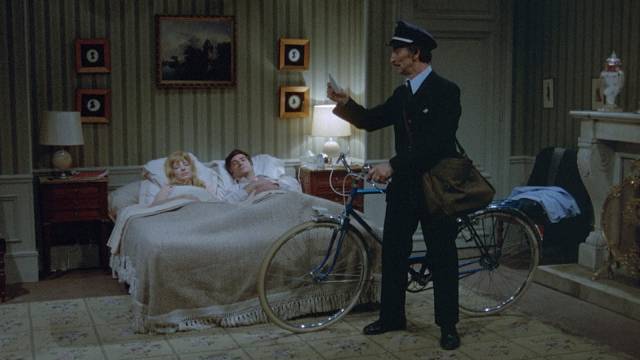
In a way, The Phantom of Liberty (1974) is a mirror image of the previous film. The Discreet Charm is about a small group of people whose experience is continually interrupted; Phantom has a large number of characters whose stories are interrupted, not for them but for the audience. Beginning as a historical film about the occupation of Toledo by Napoleon’s army, it abruptly transitions to the present as we realize the history is being read aloud by a woman to her friend in a park; this leads to the young girl who is the woman’s charge; then on to the girl’s parents … and so on, each character leading to another, whom we then follow.
This structure reminds me of Italo Calvino’s 1979 novel If on a winter’s night a traveller… in which a reader is repeatedly interrupted in his attempts to read Calvino’s novel, which becomes a series of first chapters of multiple novels, each one interrupted at a point of narrative tension. The Phantom of Liberty engages us with a narrative possibility only to abruptly switch to another track which in turn begins to engage us only to be dropped to follow yet another. It’s a series of narrative possibilities left unfulfilled, constantly promising then abandoning stories – in effect transforming the audience into something like the previous film’s characters whose desires are repeatedly thwarted.
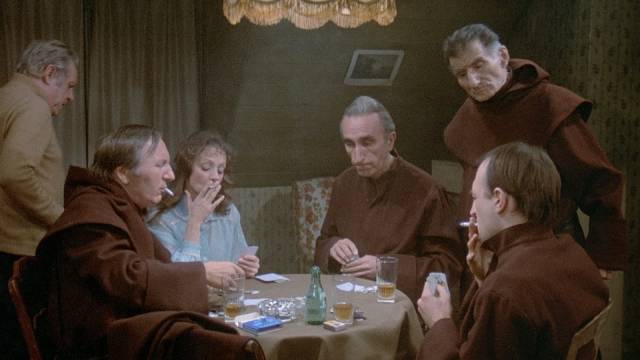
The various potential narratives are themselves fraught with desires and anxieties. The mid-section of the film becomes a tangle of multiple threads as the latest carrier of the narrative – a nurse urgently driving home to see her dying father – finds her trip stalled by a storm which has blocked the road; she stops for the night at a small inn, where every other guest presents a new potential story. In an echo of classical farce, these people end up in and out of each others’ rooms in an escalating round of absurd incidents.
Four monks heading back to their monastery after visiting an ailing Marquise visit the nurse’s room with an icon to pray for her father, staying on to drink and smoke and play poker, using religious medals for chips; a young man, a schoolboy, has arrived with his middle-aged aunt hoping to fulfill his sexual desire, only to have her become horrified by her own desire for the boy; an outgoing, confidently assertive businessman invites everyone to his room for a drink, where he and his mistress suddenly put on a sado-masochistic display, the man revelling in the public expiation of his guilty feelings…
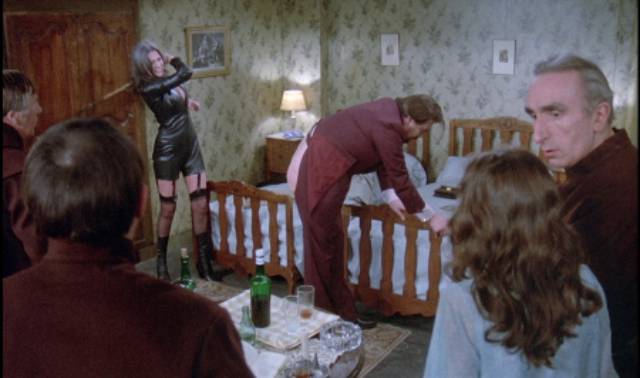
In the morning, we again follow the nurse who gives a lift to a man who we then follow to a classroom where he offers a lecture on anthropology to an unruly group of policemen. And so on, from one character, one story to another. Our sense of time is lost as the film creates a perception of momentum but no progression. We may grasp where we are in any given moment, but we have no idea where we are going, can see no potential end point. The film could go on forever because there is an endless supply of people to follow, an infinite number of narrative possibilities.
As it progresses, narrative itself begins to break down – late in the film, we get a sequence in which a little girl is reported missing from her school; her anxious parents rush there and are told that the girl just disappeared – and yet she’s right there, interacting with the teacher, with her parents, who nonetheless continue to act as if she’s vanished. They take her to the police to report her missing; the officer questions the girl about her name, her age, writing it all down, looking at her carefully to get a clear description which is to be circulated in hopes of finding her…
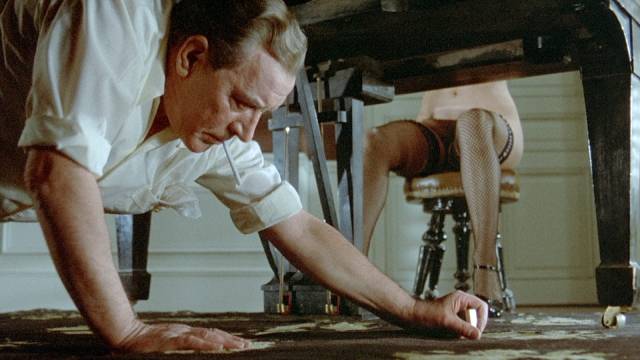
Then there’s the police commissioner who receives a phone call from his dead sister and goes to her tomb where he finds a phone beside the coffin. He’s trying to pry off the lid when police arrive and arrest him, refusing to recognize him as the commissioner, perhaps because they find him in a situation inappropriate to his role… In the end, Buñuel brings the narrative chain to an apparently arbitrary end with the police launching an armed assault on a group of terrorists at the city zoo; we hear the gunfire, but see nothing, the sound and our imaginations creating a narrative and thematic connection with the opening sequence in Toledo in which the Napoleonic soldiers execute Spaniards who are unwilling to submit to French authority…
Does The Phantom of Liberty “mean” anything, or is it simply Buñuel telling us that there are infinite possible narratives and it’s arbitrary which one a filmmaker decides to present to his audience? He could have made an entire film from almost any one of the fragments we see here, but instead he teases the audience by giving us small tastes while withholding a full meal.
*
That Obscure Object of Desire (1977)
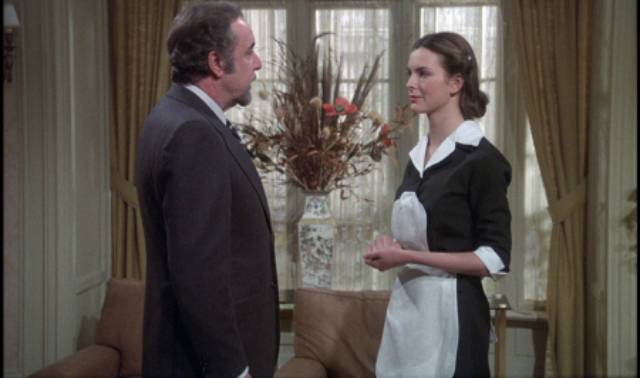
His final film, That Obscure Object of Desire (1977), unlike the previous two, was adapted from a pre-existing work, Pierre Louÿs’ 1898 novel Le femme et le pantin (The Woman and the Puppet, previously filmed no less than five times between 1920 and 1959, including Josef von Sternberg’s final collaboration with Marlene Dietrich and a version by Julien Duvivier with Brigitte Bardot). The story is of a man who falls in love with a woman who systematically humiliates him until he finally hits her, which she sees as proof of his love and finally submits to him.
Buñuel builds on and complicates this narrative. Unlike the previous two films, the story is singular, but it evolves through numerous repetitions, reversals and a steadily escalating frustration which comes to embody the paradoxical nature of desire – that is, desire functions only through delayed gratification. Once fulfilled, desire is no longer desire. To possess is to lose the object of desire. In the story, Conchita instinctively understands this, keeping Mathieu on the hook by promising but withholding herself.
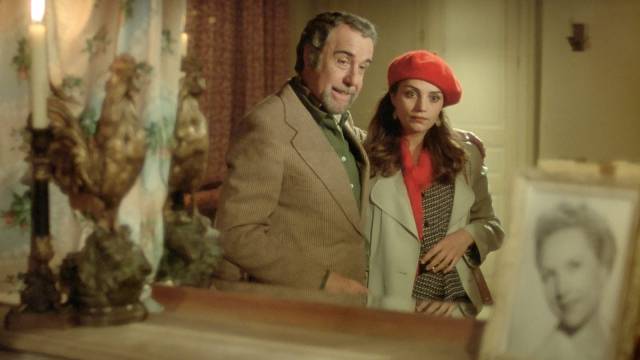
The film is about the effect of this situation on the man. As the title indicates, the woman is an “object”, something he desperately wants to possess, but who remains essentially unknown as a character. To reinforce this, Bunuel cast two actresses in the role, assigning certain scenes to one and other scenes to the second, occasionally dividing a single scene between them. Each actress brings distinctive characteristics with her, which complement and contradict each other. The French Carole Bouquet has a cool, almost fragile presence, while the Spanish Angela Molina is earthy and warm. Buñuel’s strategy keeps the character of Conchita unstable, which in turn amplifies Mathieu’s interest and confusion.
In effect, the object of desire is obviously a projection rather than an actual individual – we never really know what Conchita herself wants because we never really have access to her self. She certainly gains material benefit by keeping Mathieu on the hook, and she seems to take pleasure in tormenting him – eventually expressing some disappointment that he obviously doesn’t desire her enough to kill himself when denied.
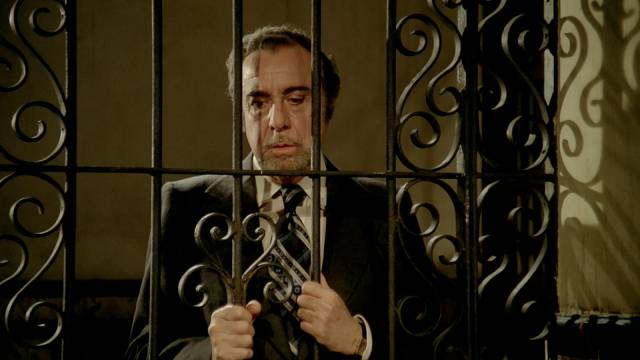
To reinforce the fact that we are confined to Mathieu’s point of view, seeing Conchita purely as the object of his desire, the story is framed as his account delivered to fellow passengers on a train from Madrid to Paris. It is, in effect, a case study in the psychology of obsession … though as in his other work Buñuel disdains to psychologize his characters. Mathieu’s obsession is ultimately as obscure as Conchita’s own desires and intentions.
*
To attempt some explanation of what is going on in these films is to reduce the ineffable to the mundane, no doubt the reason Buñuel rejected analysis of his work. They exist as cinematic objects which flow and evolve in eccentric ways, drawing their audience along strange paths littered with obstacles and unexpected turns. Their pleasures reside in seemingly endless possibilities for surprise and, more particularly, in the comic invention of the performances of what amounts to a large stock company of actors, many of whom worked with Buñuel multiple times: Fernando Rey, Paul Frankeur, Milena Vuketic, Muni, Michel Piccoli … these and many others invest comic types with such specificity that the films remain endlessly watchable, while the operation of chance in each film’s structure means that no matter how many times you see them, they still confound expectations and defy memory.
*
The set
The hi-def restorations not surprisingly improve on Criterion’s earlier DVD editions, with warmer colours and a film-like texture. The set is stacked with extras, many carried over from the DVDs, some more recent, totalling six-and-a-half hours, which taken together give a strong overview of Buñuel’s career and the development of his style, which by the time he made these last three films seems effortless.
The booklet includes essays on the films by Adrian Martin and Gary Indiana (I would have appreciated a female perspective, particularly on That Obscure Object of Desire), plus film specific interviews with Buñuel excerpted from a book-length conversation between the filmmaker and critics José de la Colina and Tomás Pérez Turrent – and judging by his engaging and articulate comments everything I’ve said here should be discounted as obvious and misguided.
The set is a great way for Criterion to start off the new year.
Comments